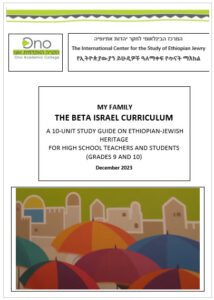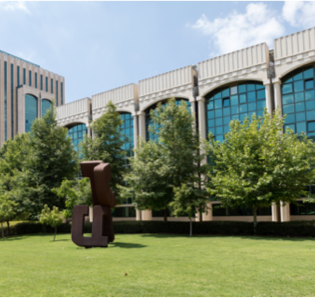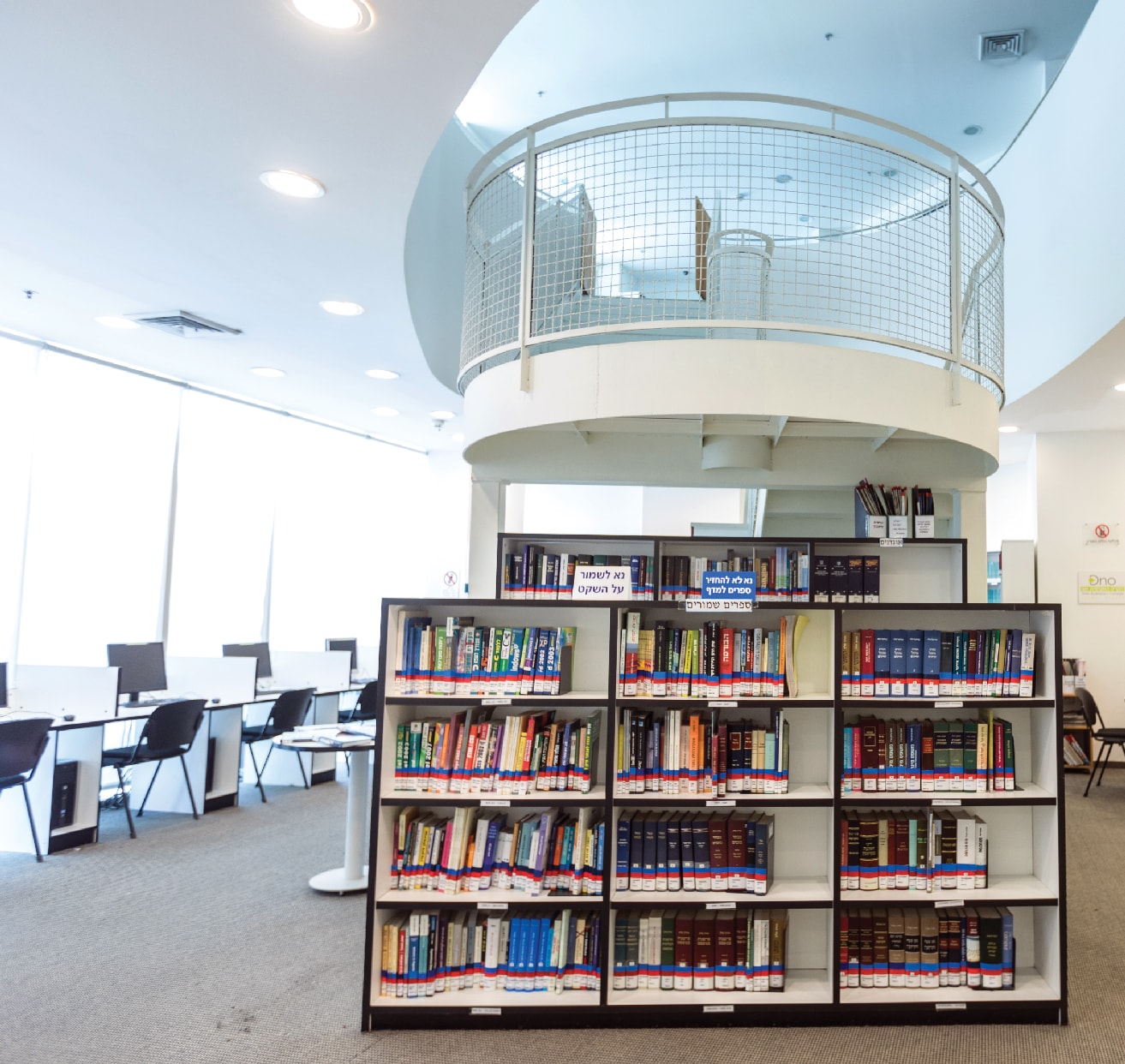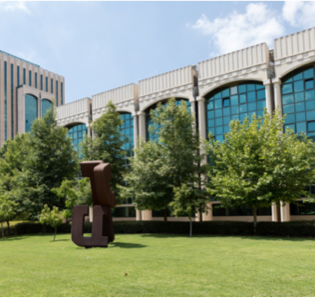MY FAMILY
THE BETA ISRAEL CURRICULUM

Starter
Teachers should begin the class by conducting the following thought experiment:
Imagine that two people, living 2,500 years ago, were each given an item of clothing to preserve.
Person A, who lived on a remote island, took the item of clothing back to their isolated home, which they shared with just a few others. Over the next 2,500 years, Person A and their descendants, Group A, experienced many challenges, but they remained focused on preserving the item of clothing their ancestors had received so many years before. This clothing was a symbol of their hope and heritage.
Meanwhile, Person B, and their descendants, Group B, were forced to migrate constantly, due to relentless persecution. Over the course of the next 2,500 years, Group B lived in one village in one country, then moved to another village, and then another country, and another village, and on to a city, and another, and so on. Given their constant need to migrate, the item of clothing sometimes suffered damaged. But whenever it was ripped or torn, Group B made sure it was immediately fixed. For Group B, as well, this ancestral item of clothing was a significant symbol of hope and heritage.
Having presented these two scenarios, the teacher should ask the following questions:
- After 2,500 years, whose item of clothing do you think remained in “better physical condition,” i.e., cleaner, and more polished? That of Group A, or that of Group B?
- If you wanted to get a clearer sense of what the original item looked like – in form, texture, and color – whose would you look at for reference? That of Group A, or that of Group B?
It is important to note that different students may offer very different responses to these questions, based on their understanding. After hearing student feedback, teachers should explain, with sensitivity:
There are many ways to answer this question, but it should seem clear that the item held by Group B, who repaired it so frequently, may possibly – although not certainly – be in better physical condition. However, it should also be clear that the item preserved by Group A will likely be more “authentic” – that is to say, closer to the original item gifted 2,500 years before. As such, if you wanted to get a better sense of the original clothing, you would want to examine the item preserved by Group A.







